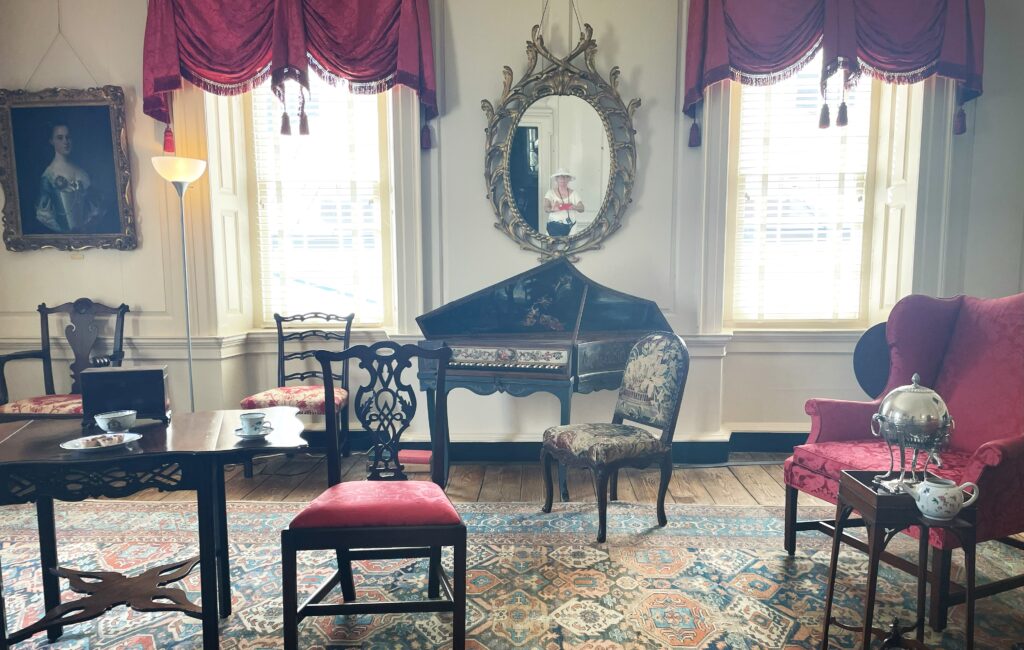
The brilliant historical novelist Hilary Mantel once defined History as “the method we have evolved of organizing our ignorance of the past. It is the record of what’s left on the record…It’s what’s left in the sieve when the centuries have run through it—a few stones, scraps of writing, scraps of cloth. It is no more the past than a birth certificate is a birth.”*
I quoted this evocative definition when I spoke in South Carolina in September, 2023, to a warm and receptive audience of about seventy avid readers. I wanted to make the point that while History tells us the who, when and where, if we want to know what the past felt like, smelled like or tasted like, we must turn to Fiction. I used a few other quotes in my talk as well, from the Anglo-Saxon Chronicle, from the Encomium Emmae Reginae, and from two 12th century chronicles. Most of the words, though, were my own as I spoke about the relationship between History and Historical Fiction, and how Historical Facts and Historical Gaps informed the writing of my trilogy about Queen Emma.
Near the opening of my talk I asked for a show of hands from those who had never heard of Emma of Normandy before. You can see the response in the photo below.
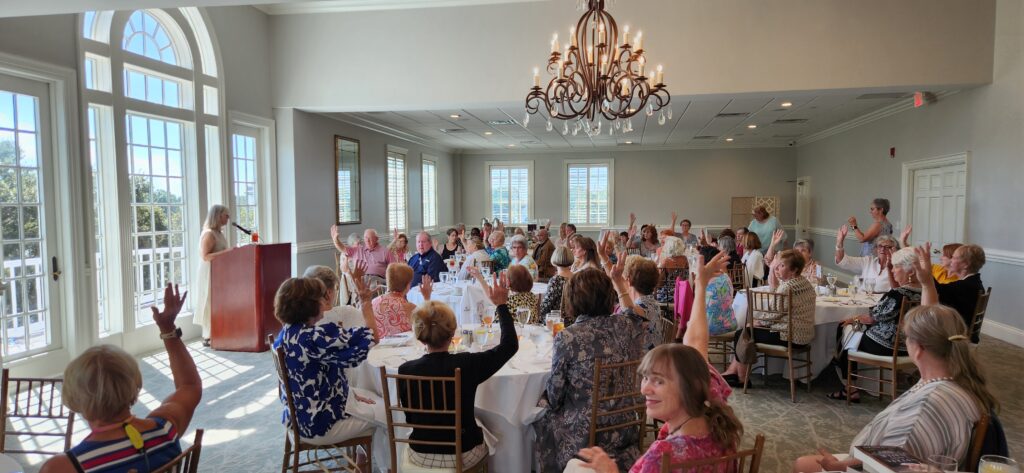
They know about Emma now!
I stayed in Charleston for nearly a week, and because Charleston is a hotbed of American History, I had History on my mind. Of course, we are living through History all of the time; our Present is tomorrow’s History. But we rarely think about how the artifacts that surround us today might one day be curiosities in a future museum. At least, I do not!
An example of this was on display at Middleton Place, a plantation not far from Charleston built in 1755 that survived both both the Revolutionary and Civil Wars.
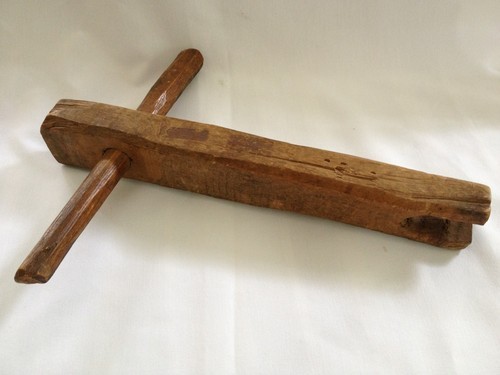
Can you identify this item? Look for the answer at the end of this post.**
Another example comes from Charleston’s Heyward-Washington House, built in 1772. The house bears Washington’s name because the president slept there for a week in 1791 and apparently enjoyed afternoon tea with most of the fine ladies of Charleston during his visit. (See banner photo above.) But what attracted me was NOT the lovely tea service in the parlor, but a white ceramic article sitting on a table in one of the bedrooms. Can you spot it in the photo?
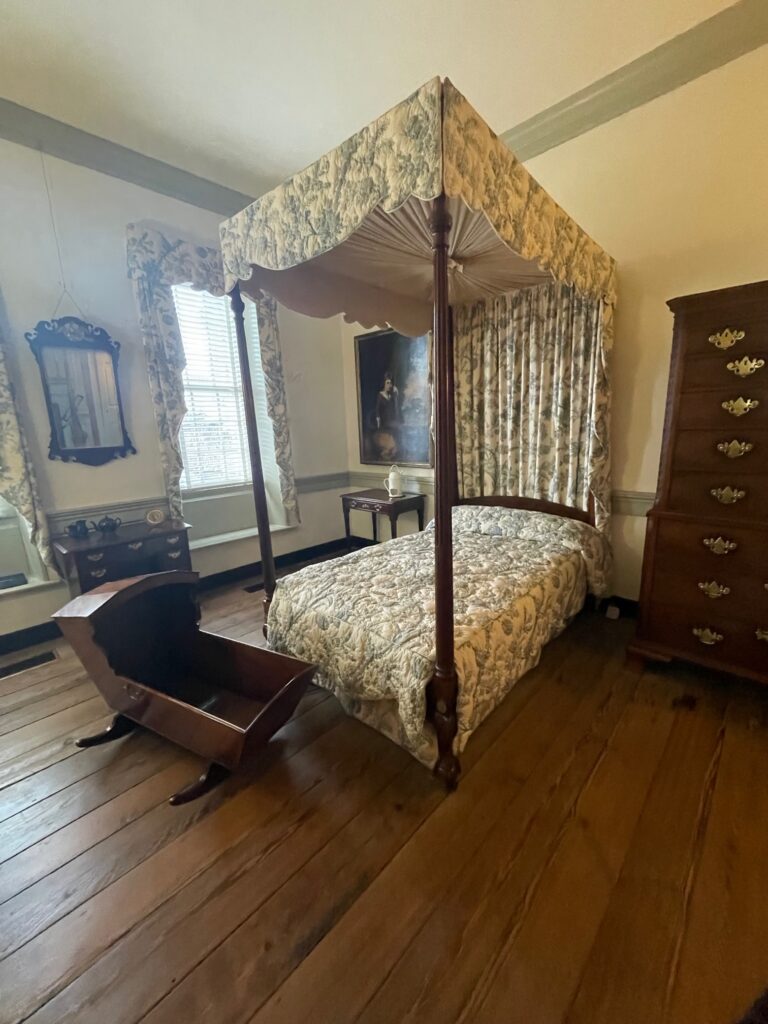
Here’s a close-up shot.
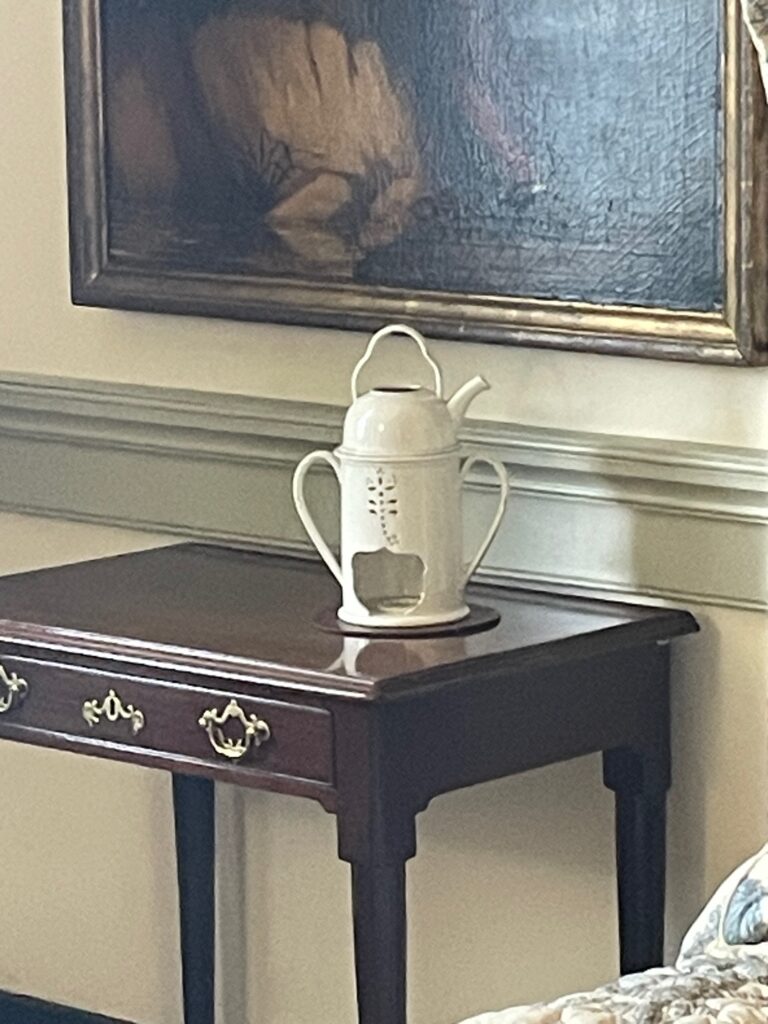
For the life of me, I cannot remember what it was called, or even if it was given a name on my tour. But I remember what it was for: a candle would have been placed in the front opening making it a combined night light and tea/soup warmer for the nursery or the sick room. It was not until I returned home that I realized I have the modern equivalent for use in my office. It keeps my tea warm as I write, although I have yet to use it as a night light.
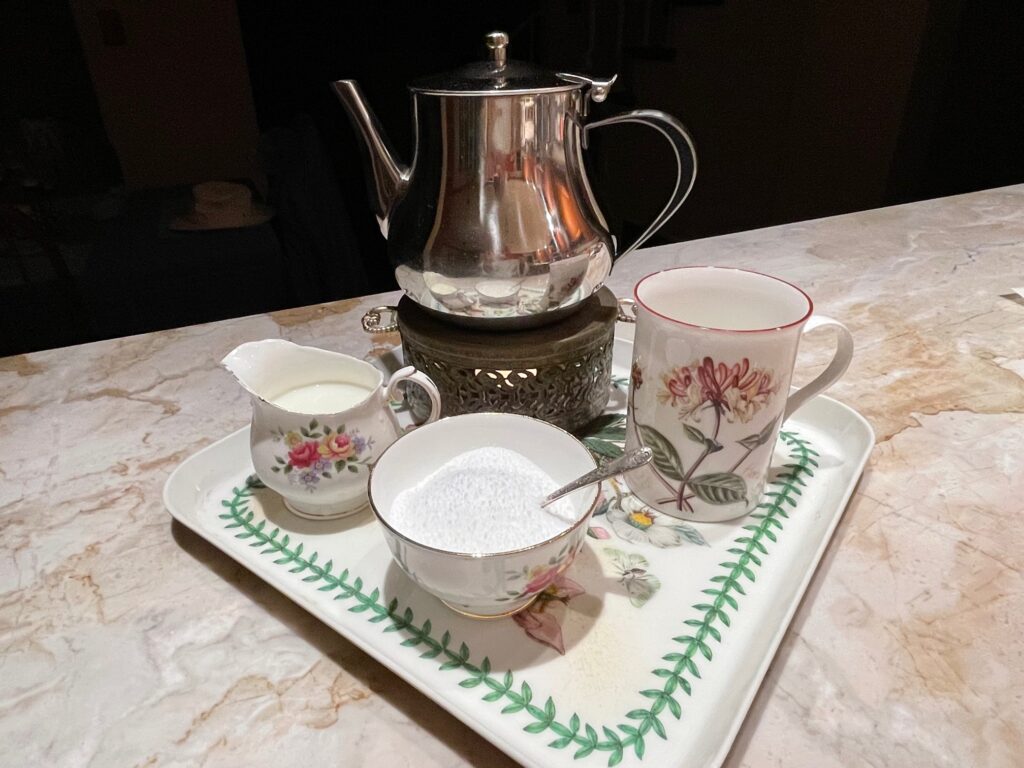
I suspect that in the 11th century Queen Emma had fewer THINGS in her world than we surround ourselves with today, but I’ll bet that many of the items that were familiar to her would be mysterious to us now.
I am home in California now, and on my daily walks I can see the changing of the seasons marked by the golds and reds of the leaves on the trees that line the sidewalks and grace backyard gardens. Autumn is upon us, and I am looking forward to cocooning—to chilly days, cold nights, candles in the fireplace and curling up under a blanket with a good book.
But as this year nears its end, I find myself reflecting on the violent History I revisited on my recent travels—about America’s Civil War, its Revolutionary War, and—looking much further back, even the 11th century conflicts I write about in my novels. Today, in lands far away from my home, a great many people are suffering from those terrible ravages that war inflicts. And I can’t help but wonder what History will have to say about us, who could not find a way to learn from our Past.
*BBC Reith Lecture—The Day is for the Living. 13 June, 2017
**It’s an 18th century rope key for tightening the sagging ropes beneath a mattress. Be glad you don’t need one!